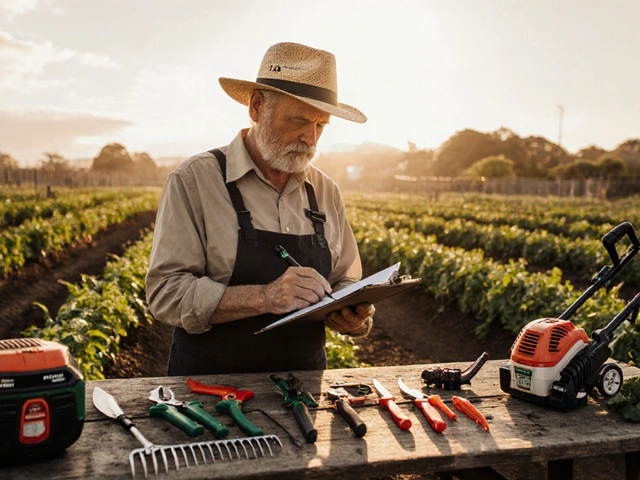Ancient Rice Cultivation: Timeless Techniques for Modern Growers
Ever wonder how our ancestors grew enough rice to feed whole villages without modern machines? They used simple tools, careful timing, and a deep understanding of soil. Those old tricks can still help today’s growers save water, cut costs, and get better yields.
Soil Secrets from the Past
First thing ancient farmers cared about was soil. They chose low‑lying fields that held water naturally, then added organic matter like dried leaves, animal dung, and rice straw. This mix kept the soil loose and full of nutrients. If you’re starting a small plot, mimic that by mixing compost and straw into your paddies.
Older fields also used a practice called “wet‑upland rotation”. After a rice season, they planted legumes or millets for a few months. Those crops fixed nitrogen back into the soil, reducing the need for synthetic fertilizer. You can try a short legume break after harvesting to keep the soil healthy.
Planting and Watering the Old Way
Ancient growers didn’t have power‑driven seed drills. They scattered seedlings by hand, making sure each hill had the right spacing – usually about 15 cm apart. Hand‑spacing prevents overcrowding, improves airflow, and reduces disease. When you transplant seedlings, count your rows and keep the distance consistent.
Water management was another key skill. Farmers built simple earthen bunds to retain water and let it flow slowly across the field. This slow flood, called “slow‑watered paddies”, saved water and kept weeds down. Today you can create a small ridge with a shovel or use low‑cost bamboo barriers to mimic the same effect.Another old trick is “mid‑season drainage”. About halfway through the growth cycle, they drained the field for a few days. This pause helped the plants develop stronger roots and reduced the risk of stalk rot. If you have a pump, try emptying the paddies for 2‑3 days before refilling.
Old records also show that timing mattered. Planting was tied to the monsoon calendar – sow as soon as the first steady rains arrived. If you can’t rely on rains, watch your local weather and aim for a similar wet start. Early moisture gives seedlings a good start and limits transplant shock.
Modern growers often ask how many grains come from one plant. Ancient varieties, like the traditional Indian “Basmati 1121”, can produce 150‑200 grains per stalk without heavy inputs. By following the soil and water tips above, you can get close to that number even with modern hybrids.
Risk management was built into ancient practices. They kept a portion of the field fallow each year to recover and stored seed in cool, dry places. This backup seed saved them from a bad season. Keep a small seed reserve in your pantry and rotate it every few years to keep it viable.
Bringing ancient wisdom into today’s garden doesn’t mean abandoning technology. Combine hand‑spreading with a small drip system for precise watering, and you get the best of both worlds. The key is to respect the soil, manage water slowly, and plant with care.
So next time you walk through a rice field, notice the low bunds, the straw layers, and the careful spacing. Those simple steps have fed generations and can still boost your harvest – cheap, effective, and rooted in tradition.
Who First Discovered Rice? Tracing the Ancient Roots of Rice Cultivation
Dig into the true story of rice’s origins. Track who first cultivated it, how rice spread, and what cultures shaped the world’s most eaten food.
About
Rice Cultivation
Latest Posts


Discovering Native Indian Plants: A Seasonal Guide
By Alden Thorne Jan 17, 2025

Should I Mist My Bonsai Tree? The Real Deal on Misting Bonsai
By Alden Thorne Jun 13, 2025

Understanding the Differences Between Sprinkle and Drip Irrigation
By Alden Thorne Mar 22, 2025

